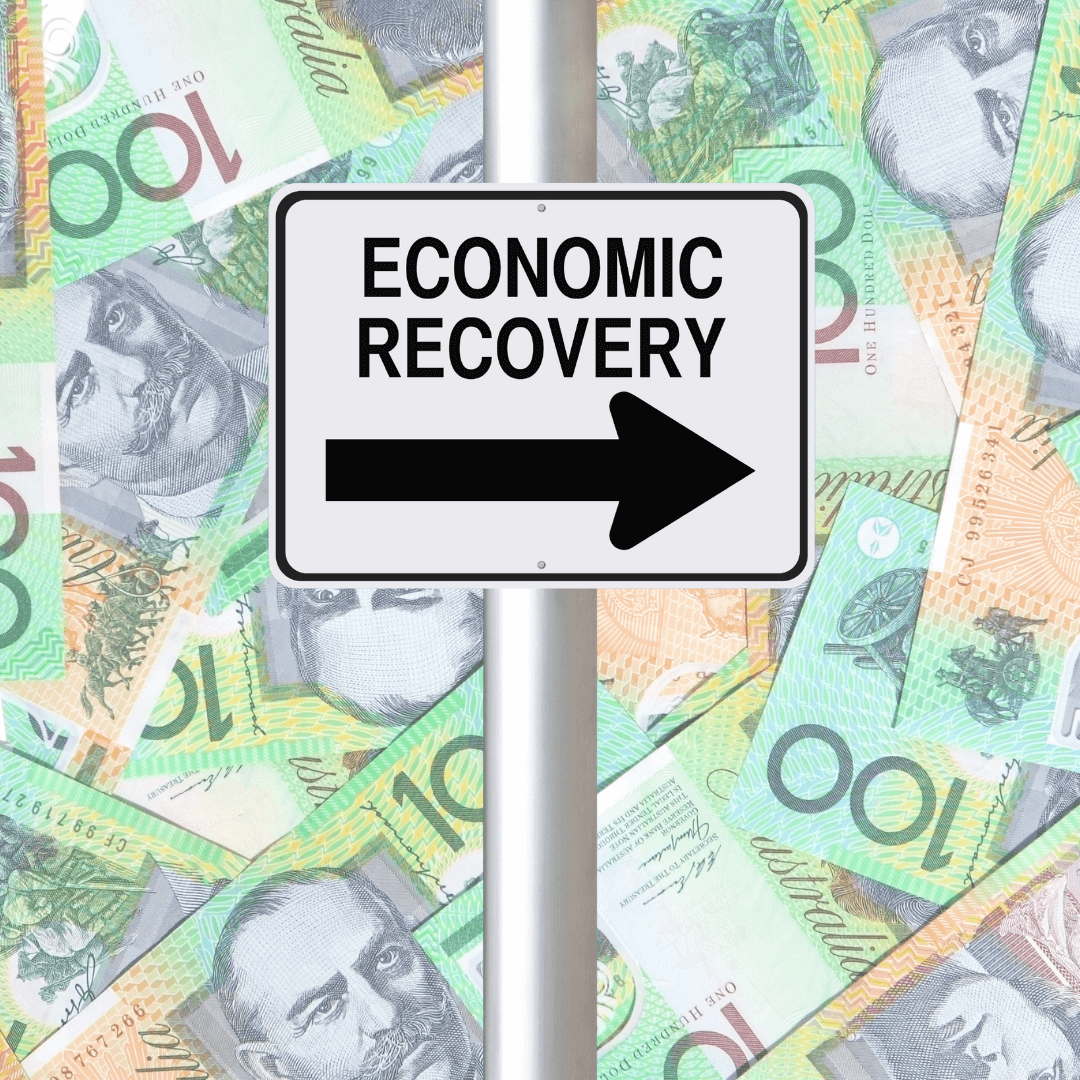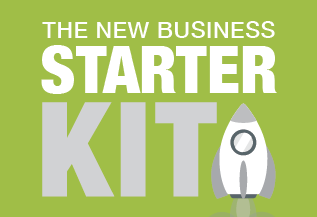2021/22 Federal Budget Summary
The Treasurer Josh Frydenberg released the Federal Budget on Tuesday May 11 and the focus is on recovery and investment to support job creation to drive economic growth. The Treasurer announced an expected deficit of $161 billion, $36.7 billion lower than the $197.7 billion estimated in the Government’s December Mid-Year Economic and Fiscal Outlook (MYEFO) which suggests our economy is recovering at a much faster rate than expected.
Australia’s GDP growth is expected to come in at 1.25 per cent this financial year and while some sectors such as recreation and personal service businesses have returned to operating at pre-COVID levels, other sectors impacted by the ongoing border closure face significant challenges. With Australia’s borders unlikely to re-open until at least mid-2022, immigration and international tourism are still off the agenda, as are most international student arrivals. Immigration and international students are important, not only for the industries and businesses they support through their spending, but they also supply labour in many industry sectors.
Much of the spending in this Federal Budget is focused on short-term measures for continued economic recovery to get the unemployment rate below 5 per cent. The focus is on large spending on infrastructure and targeted support for industries that will continue to suffer while our borders remain closed. Some of the key measures announced in the Budget include:

- 12-month extension of the temporary full expensing measures (instant asset write off) introduced in the 2020/21 budget to allow a deduction for the full cost of eligible depreciating assets (first used or installed ready for use) for entities with aggregated turnover of less than $5 billion.
- 12-month extension of the Loss Carry-Back Offset introduced in the 2020/21 Budget, allowing corporate entities to carry back tax losses for the 2022/23 income tax year for up to four income years.
- $15 billion in additional infrastructure commitments including a new intermodal terminal in Melbourne and a new airport in NSW.
- A range of welfare spending initiatives, including $13.2 billion allocated to the National Disability Insurance Scheme and $17.7 billion for new aged care funding.
- Consumption stimulus through the extension of the low and middle-income tax offset (LITMO) for a further year.
- A $1.7 billion investment in childcare to drive workforce participation and women’s economic security.
This article forms part of our Business Accelerator Magazine. Download the latest edition HERE or browse other articles from this edition below:
- Back to the top 2021-22 Federal Budget Summary
- It's Time to Work ON Your Business not IN your business
- 2021 Tax Return - Home Office Expense Claims
- New Company Director Identification Number
In case you missed it - make sure you check our Tax Planning Strategies Guide for 2021
DISCLAIMER
The information contained in this document is for general information purposes only and should not be used as a substitute for consultation with professional advisors. The information contained in this newsletter is not intended to address the circumstances of any particular individual or entity and is not to be relied upon by individuals or any other entity in making financial or investment decisions. Individuals and other entities should seek appropriate professional advice tailored to their circumstances in making financial decisions. Although the firm has taken care in creating this newsletter, no guarantee is given as to its accuracy, currency or correctness. The firm is under no obligation to update any information included in this document. To the extent permissible by law, the firm and its associated entities shall not be held liable for any for any errors, omissions, defects or misrepresentations in the information contained in this document, or any loss or damage, however caused, suffered or incurred by persons who rely on information in this document for any purpose.






.png)








